-
Plant Hardiness Ratings Explained: how cold can your plants get?
 Lee Burkhill: Award Winning Designer & BBC 1's Garden Rescue Presenters Official Blog
Lee Burkhill: Award Winning Designer & BBC 1's Garden Rescue Presenters Official Blog

When it comes to choosing plants for your garden, it's not just a case of simply picking what looks best. You need to make sure you're always picking the right plant for the right place. This includes looking at a few factors, including plant hardiness ratings, to make sure that the investment you make it plants is worthwhile.
Failing to select the right plants for your garden or climate will lead to heartache, ill or sickly plants and, worst of all, plants that don't survive the winter months.
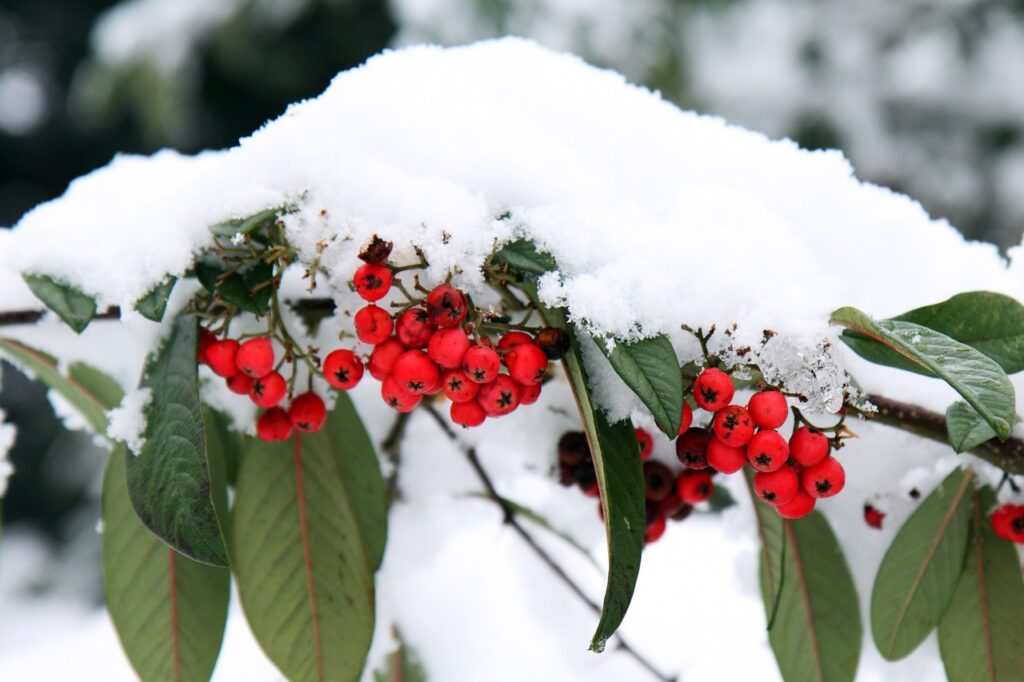
The following factors should always be looked at when buying new plants for a garden:
In the UK, plant hardiness ratings indicate the suitability of plants to withstand the prevailing climatic conditions in different regions.
The ratings are based on the average minimum winter temperatures in those areas.
Understanding these ratings can help gardeners and horticulturists choose plants that are likely to thrive in their specific location. So if you live further south where winters are milder, you an get away with less hardy plants than far up north where winters may be long and brutal.
The most commonly used plant hardiness rating system in the UK is the Royal Horticultural Society (RHS) hardiness rating system.
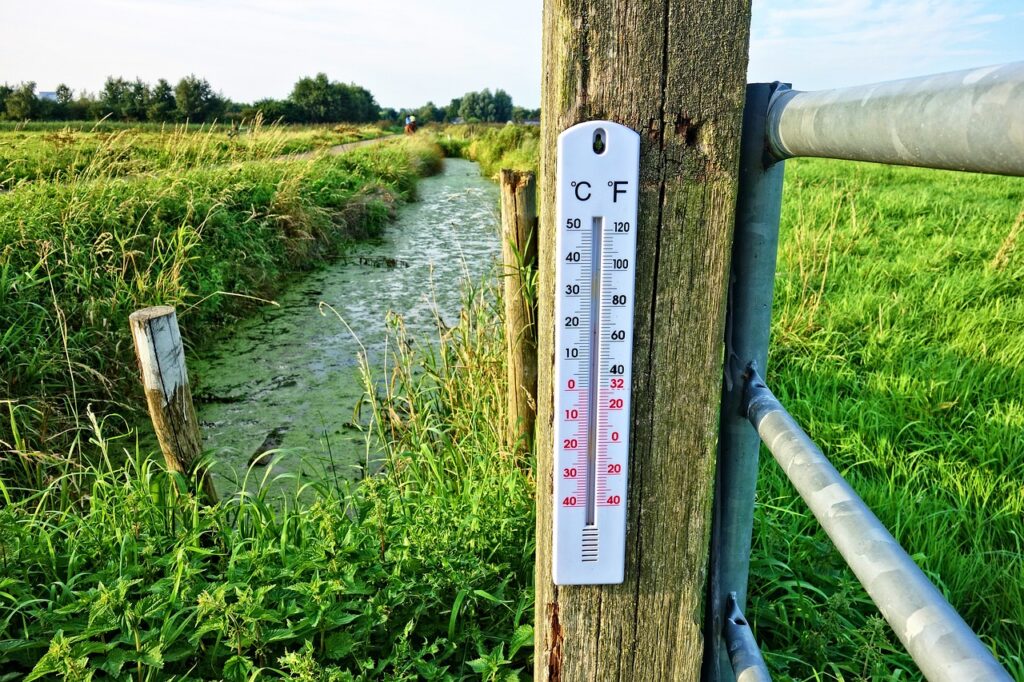
The RHS hardiness rating system divides the UK into several hardiness zones, typically ranging from H1 to H7.
Each zone represents a 1°C (1.8°F) difference in the average minimum temperature during the winter months. H1 refers to very tender plants that can't survive frost where as H7 is the coldest hardiness scale which means plants can survive down to minus 20°C.
Here's a breakdown of the RHS Hardinesszones:
When choosing plants for your garden, it's essential to consider your specific hardiness zone and select plants that fall within or below that zone. Plants with a hardiness rating higher than your zone may not survive the colder winters, while plants with a lower hardiness rating may struggle in warmer conditions.
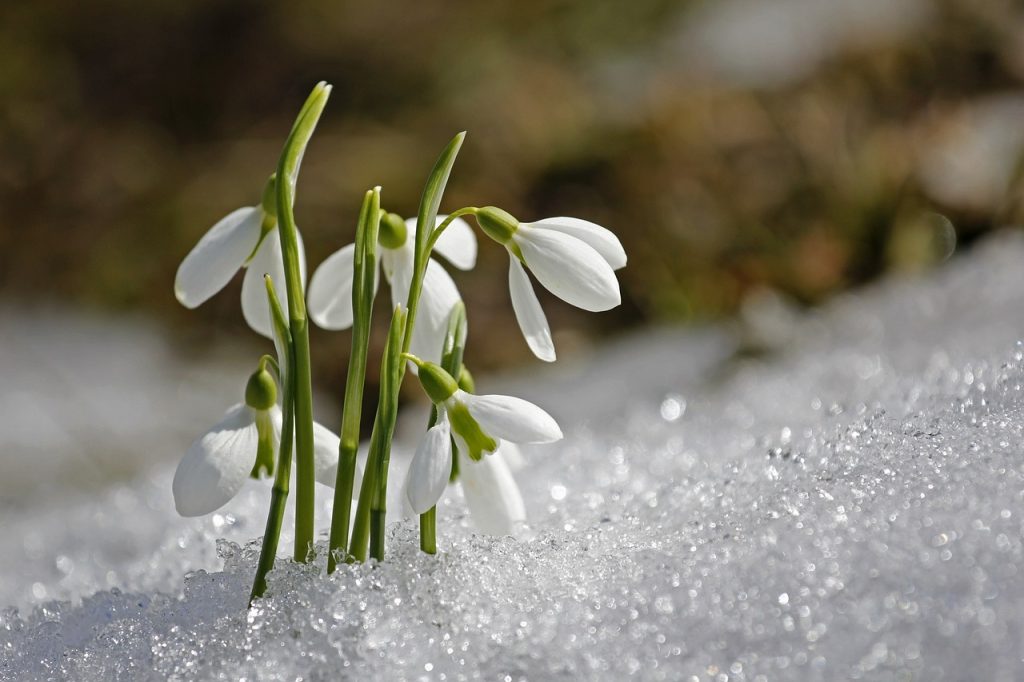
It's worth noting that plant hardiness is just one factor to consider when choosing plants for your garden. Other factors like soil type, sunlight exposure, and moisture levels also play crucial roles in a plant's overall health and success in a particular location.
Did you know that you can take my course and learn how to become a Garden Ninja yourself? Click here for details
Plant hardiness ratings, often referred to as hardiness zones, are a way to classify plants based on their ability to withstand specific climatic conditions.
The most commonly used plant hardiness rating system is the United States Department of Agriculture (USDA) Plant Hardiness Zone Map. Notice how the American hardiness scale runs in the opposite ascending order than the RHS scale. So the higher the number, the more tender and the lower the number, the hardier the plant? This confuses a lot of gardeners at first!
Here is a general overview of the USDA hardiness zones:
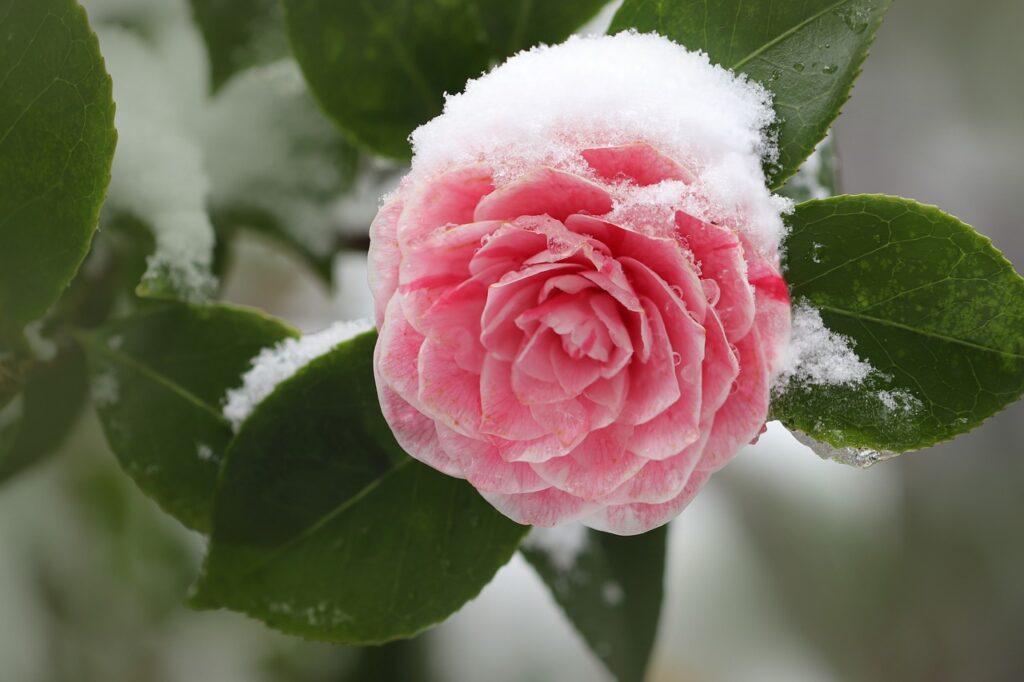
These hardiness zones are based on historical weather data and provide guidance on the suitability of plants for different geographic regions. They are primarily used in the United States but can be adapted for other countries with similar climate patterns.
Frost can kill plants because it causes damage to their cells and disrupts essential physiological processes. When temperatures drop below freezing, ice crystals can form both inside and outside the plant cells. This ice formation leads to several detrimental effects:
As ice crystals form outside the plant cells, the water inside the cells is drawn out, leading to dehydration. This process can cause irreversible damage to the cell structure.
The formation of ice inside the plant cells can cause them to expand and rupture, leading to the destruction of cell membranes and vital structures.
Frost can disrupt various biochemical processes within the plant cells, including photosynthesis and respiration. As a result, the plant cannot produce energy or metabolize nutrients properly.
As the ice crystals expand and rupture cells, plant tissues may disintegrate, leading to visible damage such as wilting, browning, and tissue death.
Frost can also block the plant's vascular system, preventing the movement of water and nutrients throughout the plant. This further exacerbates dehydration and damages the plant's ability to recover.
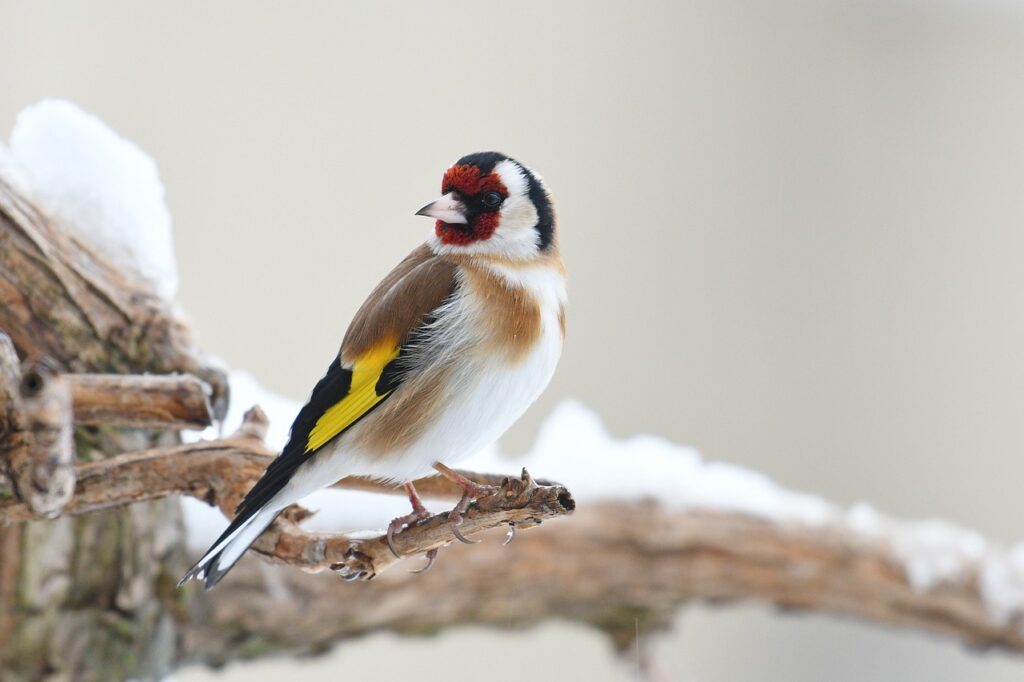
Not all plants are equally susceptible to frost damage. Some plants have evolved mechanisms to tolerate freezing temperatures better than others to protect the cells from damage. These adaptations include the production of antifreeze compounds that protect the cells from ice formation or the ability to enter a dormant state during colder periods, such as sap sinking in trees or slowing down the transpiration/metabolism of plants.
Gardeners can take measures to protect plants from frost damage, such as covering them with blankets or burlap, using frost cloths or floating row covers, and applying a layer of mulch around the plant's base to insulate the roots. Additionally, planting frost-resistant or cold-hardy plant species in regions prone to frost can help minimize damage and ensure the survival of the garden during colder periods.
One way to get around the plant hardiness rating is to protect plants during winter by offering them additional insulation or shelter during the coldest months. The options you have to protect tender or less hardy plants are:
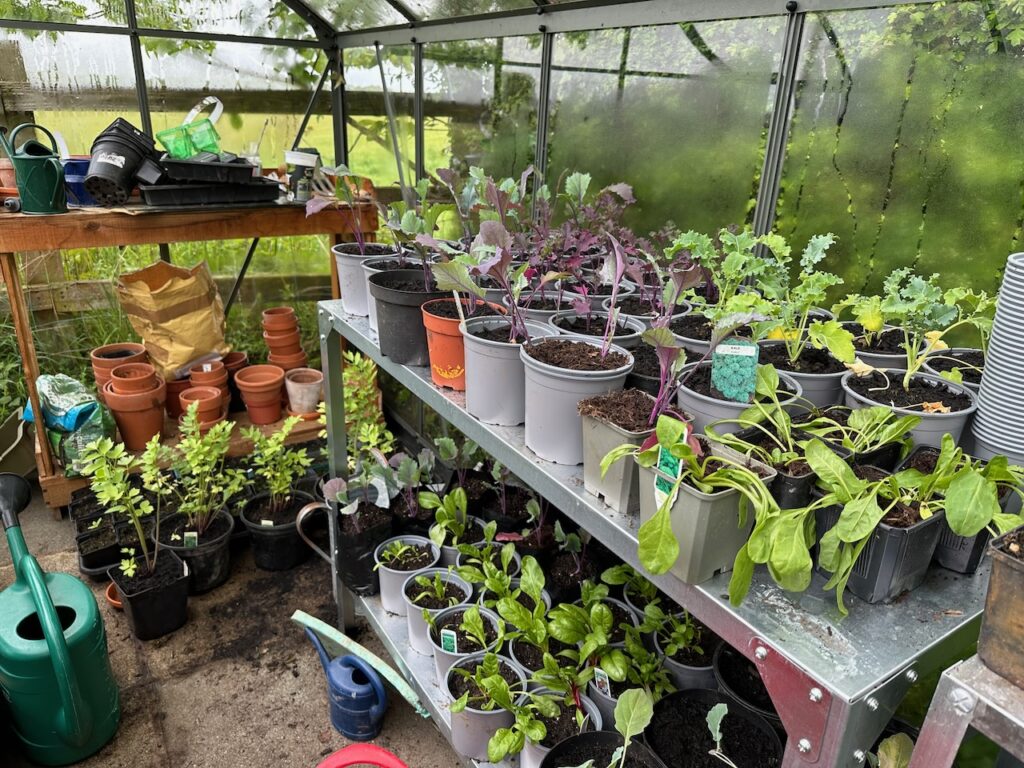
When selecting plants for your garden, it's important to consider the hardiness zone of your location and choose plants that are rated for or adapted to your specific zone. Planting within the recommended hardiness zone increases the chances of successful growth and survival of the plants in your garden. Making for easier gardening and a higher chance of plant success!
Make sure you visit my Youtube channel, for more gardening guides. You can also check out my Tweet, Facebook or Instagram for more garden help and tips.
Happy gardening!




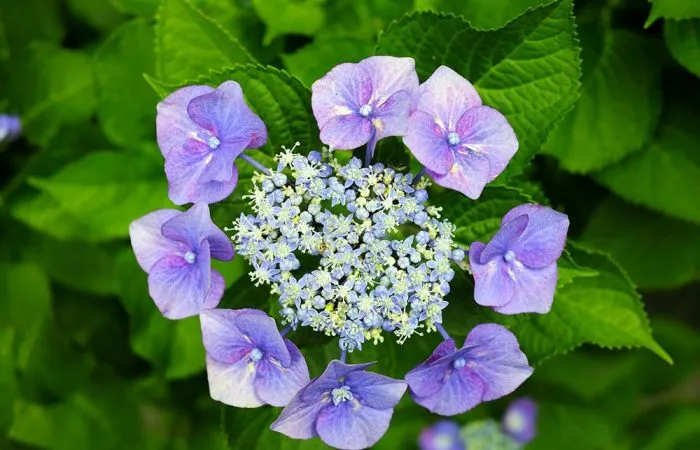
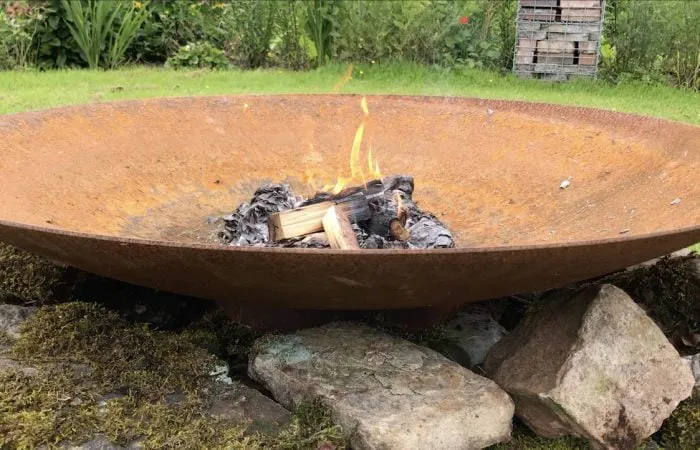
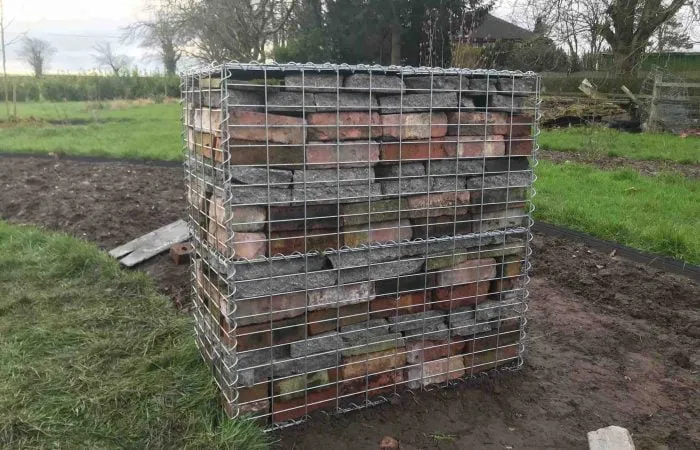
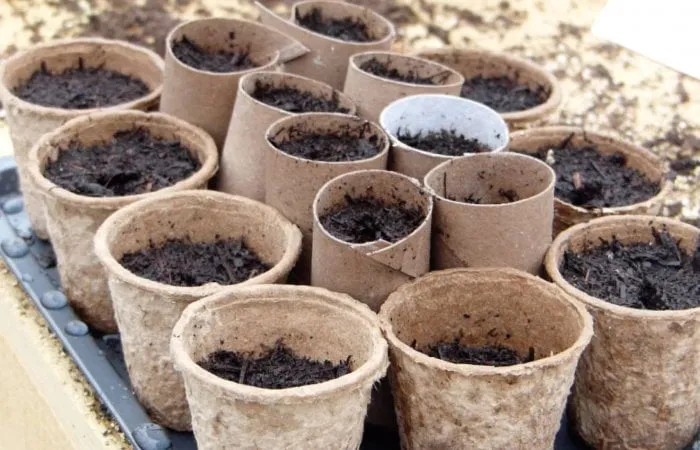
JOIN THE NINJAS

Be the first in line for new Guides, Discount codes and Offers